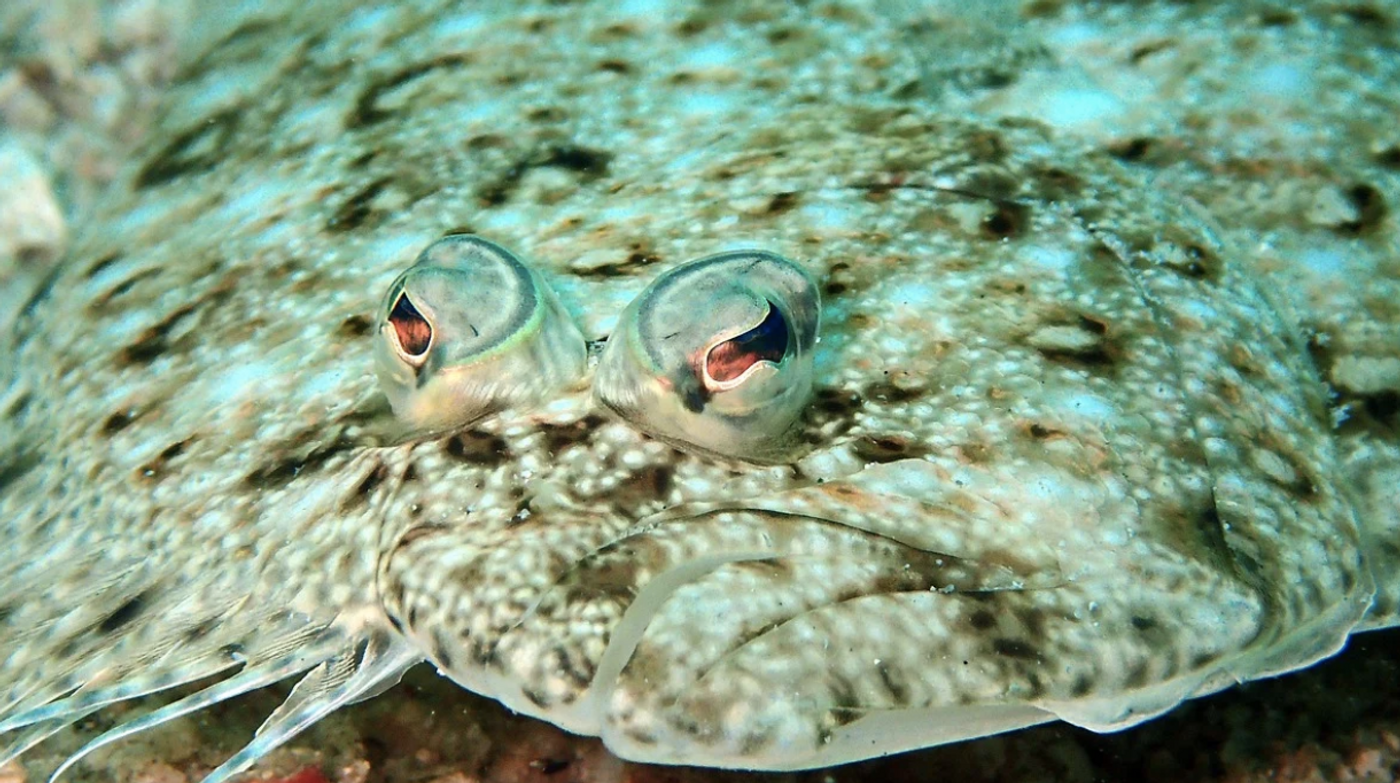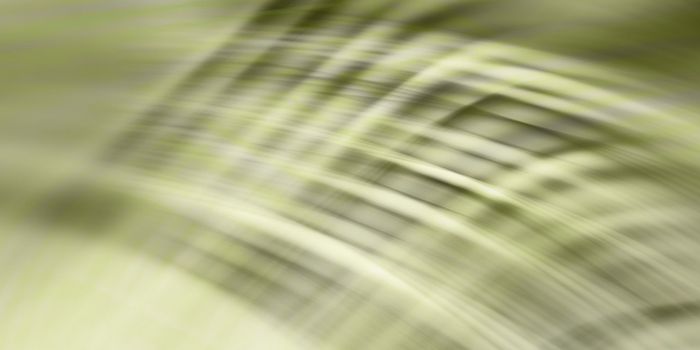The Weird World of Flatfish
Many of us, including scientists, have wondered how fish like sole and flounder ended up with two eyes on one side of their heads; flatfish are probably the most asymmetric vertebrates on the planet. Rice University biologist Kory Evans, Ph.D. has been studying the evolution of these unusual animals., and is the corresponding author of a new report on flatfish evolution published in the Proceedings of the National Academy of Sciences (PNAS).
"Flatfishes are some of the weirdest vertebrates on the planet, and they got weird very, very fast by changing multiple traits at once over a short period of time," said Evans, an assistant professor of biosciences at Rice. He stressed the strangeness of flatfish compared to other species.
"Imagine any other animal; like, say you're out walking and you see a squirrel, and one eye is here and the other is [on the same side]," he said. "That squirrel is having a bad time. And there are 800 species of these fish that just do that."
The asymmetry makes them wildly different from even their closest relatives. But, Evans noted that flatfish started out as normal-looking, symmetrical fish. Their current appearance or morphology began to emerge about 65 million years ago. Their changes were completed about 3 million years ago. "We got all that novel colonization of morphospace in 3 million years' time," Evans said. "And look how much time has passed since then. So there's a really brief and short period of time when they evolved all these new forms and all these crazy species."
In this work, Evans' team determined that genetic traits that were tightly integrated created a kind of evolutionary cascade. "Integration is where there's a high degree of correlation between traits, such that if you change one trait, another trait will be changed as well," Evans explained. "At macroevolutionary timescales, this gets really interesting, because traits then begin to co-evolve with one another. So if you change one trait, you might end up changing several others."
Biological traits may be integrated because similar networks of genetic interactions are influencing or controlling their development.
"If the signaling networks expand to encompass more and more traits, then you can theoretically smear changes all across an entire organism using the same signaling network, and you can change really fast," he said. "It's like pressing one button and flipping the whole animal all at once."
The researchers built a phylogenetic tree, illustrating flatfish evolution by comparing the genomes of various species. They also utilized CT scans to study flatfish skulls and applied mathematical tools that could identify small changes across 65 million years of flatfishes and their relatives.
"We found that flatfishes were way more integrated than non-flat fishes, and what this means is that the evolution of asymmetry for flatfishes ended up being an integrated process, basically, involving changes all across the skull," Evans said. "As the eye migrated, a bunch of other things changed as well. And it became additive. So as the flatfish skull got more and more integrated, more things began to change, per unit time, than a generation before."
Biologically speaking, there are other paths to flatness, Evans noted. "Other fishes that are flat did not do this, like stingrays," he said. "They just went flat like a pancake. But their eyes aren't both on the same side. The remora (aka suckerfish) are also a flat-looking fish, and they didn't do that."
Since evolution is thought to select for advantageous traits, has asymmetry helped these fish? And if so, how? That's still an unknown.
"I'm not gonna lie," Evans said. "I don't really know if there's an advantage. I think they did it because they could."
Sources: AAAS/Eurekalert! via Rice University, PNAS









